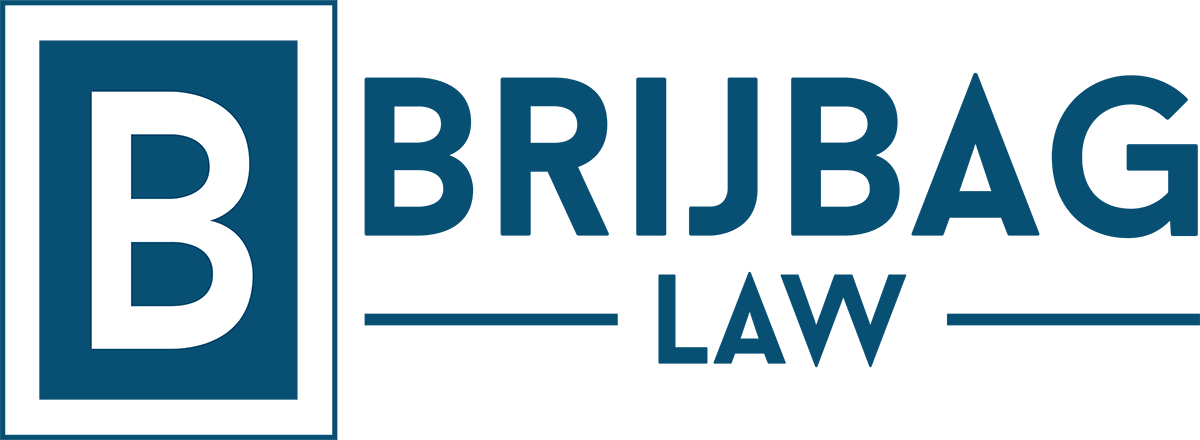American Specialty Health Incorporated (ASH) is a national health and wellness organization that provides, amongst other services, specialty network management for chiropractic care. In the state of Florida, ASH could very well be the third-party managing your chiropractic authorizations and payments if you are a member of Florida Blue (and some out-of-state BC/BS plans as well), Aetna, or Cigna. The following are 5 key points you should know as a chiropractic patient so as to understand the limits of your insurance:
1. The benefits you contract for are not the benefits you may be allowed to use. Each month you (and/or your employer) pay a premium to your insurance company that has many guidelines on how you can utilize that insurance. For chiropractic, it is common to have an annual visit limit, though sometimes the limit may be in the form of an annual dollar amount. ASH has an administrative process called the Medical Necessity Review (MNR) which provides the approval for you to receive chiropractic care. To get this authorization, the doctor and staff need to complete forms that are labor intensive, not equally implemented among the different providers, and that result in inconsistent reviews. For example, if your insurance plan allows for 35 annual chiropractic visits, through the ASH MNR review, you may only be able to get a fraction of those visits authorized for your use.
2. Even though ASH has vetted and credentialed the chiropractor you see as part of their network, another chiropractor who has never treated you will ultimately make decisions on the appropriateness of your (covered) care.Your chiropractor has examined you, completed relevant testing, and has seen firsthand your chiropractic issue. Your chiropractor has most likely developed a plan of treatment to allow you to reach the health goals you jointly decided were attainable. Your chiropractor will submit their assessment and plan of care to ASH using their portal so that an ASH staff doctor can review it. Often, especially if you need care beyond an initial phase, the ASH doctor will lessen the plan of care your chiropractor submitted by reducing the numbers of visits and the modalities (treatments) that can be done per visit. Their reasoning for decreasing your recommended treatment is usually supported, not by peer-reviewed articles, but by ASH’s own internal guidelines.
3. ASH limits what treatment you can do per visit beyond what is typically allowed by your insurance company. ASH places a cap on reimbursement (the amount they will pay your chiropractor) per visit. This daily dollar cap, in conjunction with the limiting MNR, effectively restricts what covered treatments you can do per visit. A typical Florida Blue plan will allow you to have 4 units of therapy (modalities) per visit if determined by your doctor to be medically necessary. ASH will reduce that to 2 units in the MNR; then by the functioning of the daily cap, that may be further decreased to 1 unit. If your chiropractor has determined that you need at least 1 unit of myofascial release, and that 1 unit hits the daily dollar cap, a decision needs to be made if another unit of therapy is medically warranted even though not covered through ASH. This would mean the additional service would not be paid. In essence, your provider needs to balance your medical needs with business considerations due to the restrictions of ASH.
4. Your chiropractor is getting paid less to see you then they were when they went straight through your insurance company. All your chiropractic billing goes through ASH if you are deemed part of their network and, due to things such as the previously mentioned daily cap as well as administrative fees, your chiropractor is getting paid less for the same service. This happens even though your doctor has a contract with your insurance company that sets the rate. ASH intercedes that relationship and pays out less. To give you an overly simplistic comparison, if you were an hourly employee making $10 per hour, would you be ok with the company that processes payroll on behalf of your employer keeping $2 of every hour you worked? They would be taking their cut simply because they are the middleman. This is what your chiropractor faces when ASH is involved.
5. ASH will not pay for maintenance care. Many people like to use their insurance in a preventive manner. ASH does not cover care outside of an acute episode. While this is true for other insurance providers as well (ie. Medicare), you may think that since you have a certain number of annual visits, you should be able to use them to keep yourself healthy. That is not the case with ASH.
These 5 points are crucial for you as a patient to understand when seeking out chiropractic care. As someone who has worked in chiropractic for over 20 years, I have seen this lack of communication cause problems where patients often blame the provider for their lack of improvement. If you call your insurance company directly, they normally will not share these details because the person answering the call is not well-versed in chiropractic benefits and how ASH works. I have had patients call their insurance company and were told that they have 35 annual visits and should be allowed to use them as needed. They neglect to tell them about ASH, the MNR process, daily reimbursement and modalities caps, and the non-coverage for preventive care. Thus, it is the chiropractor, and the staff, that look like the ones responsible for restricting your treatment. That is simply not usually the case.
ASH would argue that they are limiting unnecessary care and their work in evaluating treatment results in affordable care for the whole of the population. That certainly has truth to it, but the process lacks transparency. Patients are not properly communicated by their own insurance company as to the role ASH plays in the reduction of the services which are paid for by their insurance premium.
Now it is true that chiropractors sign a contract with ASH agreeing to these rules but the reality is that they have no other choice. If they want to be a provider for certain insurance companies, they must become an ASH provider. Chiropractors end up providing these needed services without reimbursement. There are scenarios where the patient can pay cash for services beyond what ASH allows but the question then is if a patient pays a monthly premium for a set of seemingly available services, should they then subsequently be told they cannot make use of those services? Or at the very least, should it not be communicated directly to the patient by their insurance company (not ASH) so that the chiropractic staff is not the villain?
Be armed with these facts about your chiropractic benefits and move towards taking control of your health back from the insurance companies!

Download a printable copy of this Consumer Protection Bulletin for Distribution Download
Brian S. Brijbag is a Florida attorney who practices in personal injury, health law, and business law. In addition to his Juris Doctor, Attorney Brijbag holds Master’s Degree in Public Health and a Master’s Degree in Applied Anthropology. He has spent over 20 years in chiropractic administration and compliance. To learn more about Attorney Brijbag, please visit his website at www.brijbaglaw.com.
This article is not intended to be legal advice nor does it establish an attorney-client relationship. It is a Consumer Protection Bulletin. Please consult with an experienced attorney with specific questions about your individual situation.




